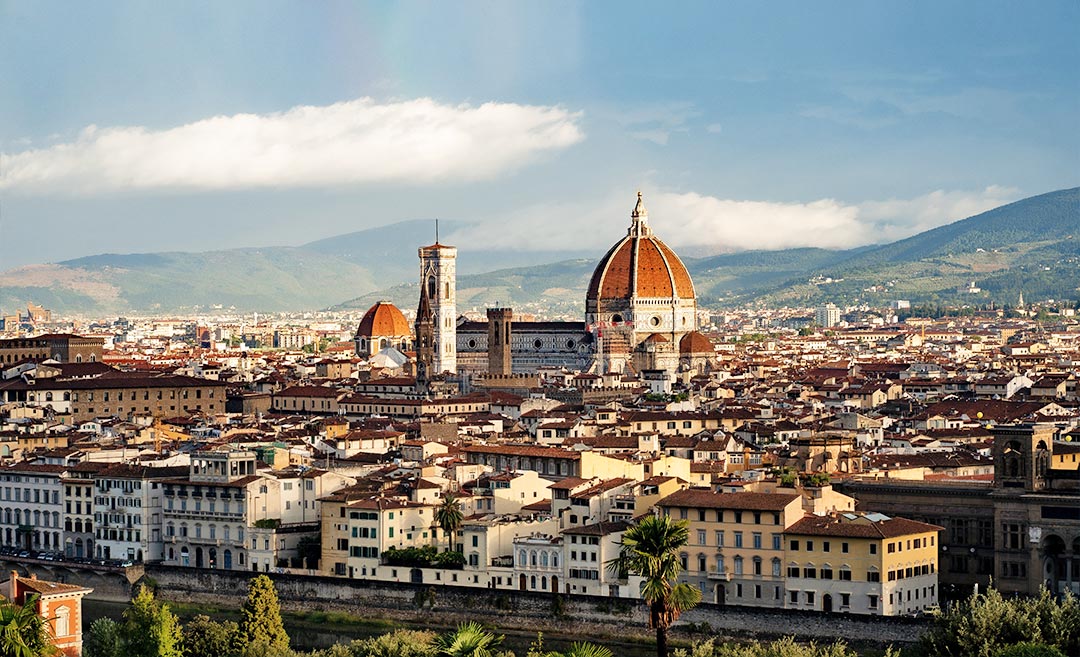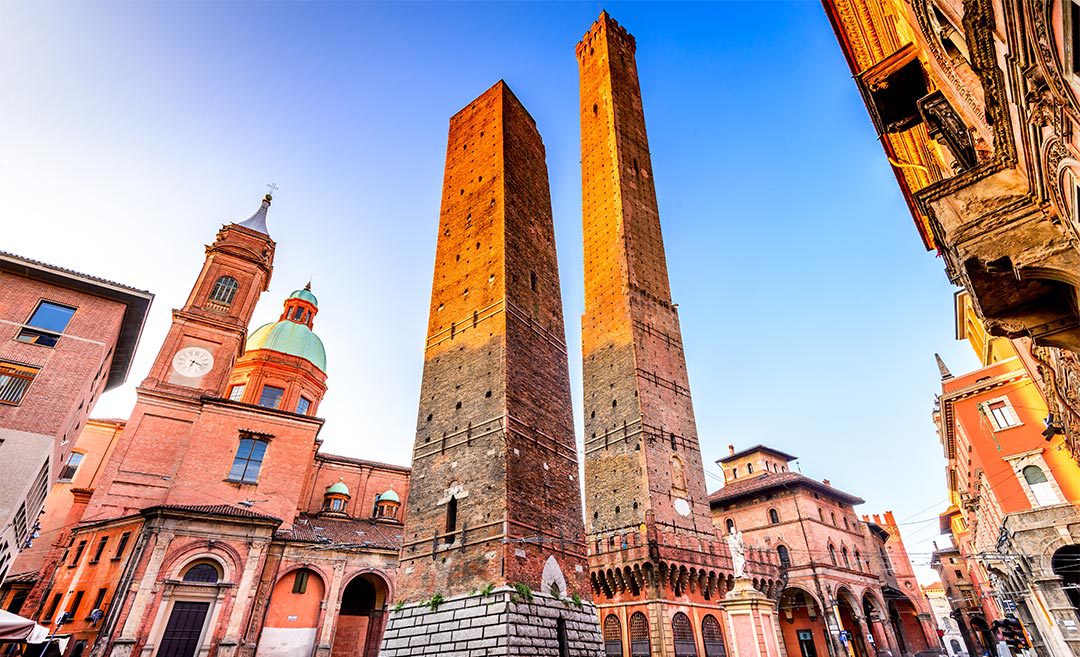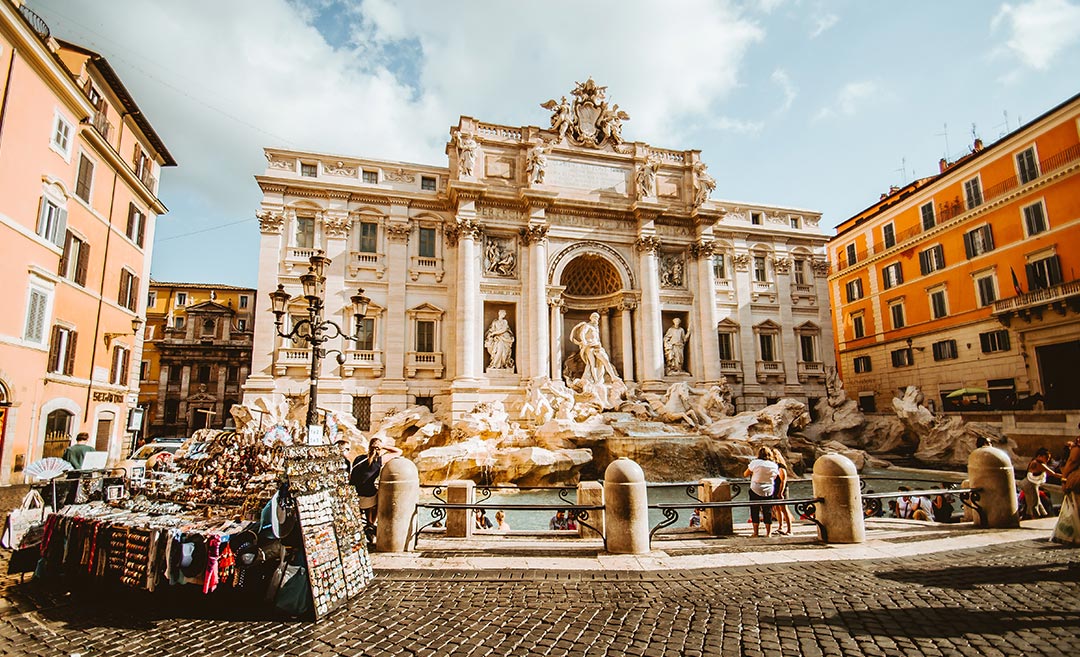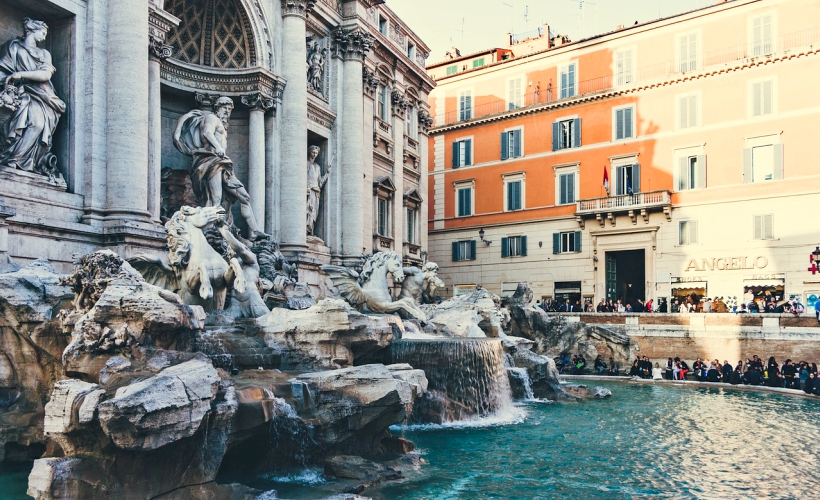While preparing for my recent holiday to northern Italy, I read that we owe a lot to the city of Florence (Firenze) and the cultural awakening that began in this former city-state. Between the 14th and 17th centuries, Florence and much of Europe experienced a period of cultural enlightenment that we now know as the Renaissance.
It was a period that saw significant developments in art, music, architecture, education, and thinking, and Florence was the epicentre of it all. It was a period when powerful families, such as the Medici, supported artists, painters, and thinkers like Michelangelo and Leonardo da Vinci to come and work in the city.
As such, culture developed and thrived while grand buildings were erected in Florence, the cradle of the Renaissance.
Architectural attractions
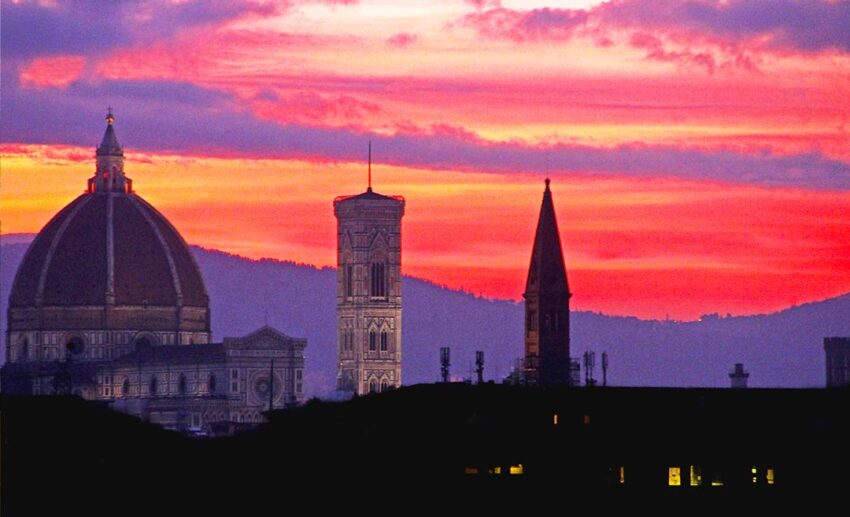
The city skyline is dominated by the stunning Duomo, and it would appear that many roads lead to the Piazza del Duomo fronting this impressive landmark.
Work started on the cathedral in the late 13th century, and it took 150 years for most of it to be complete. However, the work was ongoing, and the building’s facade, which looks uniquely different from the orange-tiled dome, was only added in the 19th century.
The Duomo and many other attractions in the city have timed entries, so visitors wanting to guarantee a specific entrance time can purchase tickets online beforehand. Failing that, you’ll have to join the inevitable queues that form at popular sights, especially in the summer.
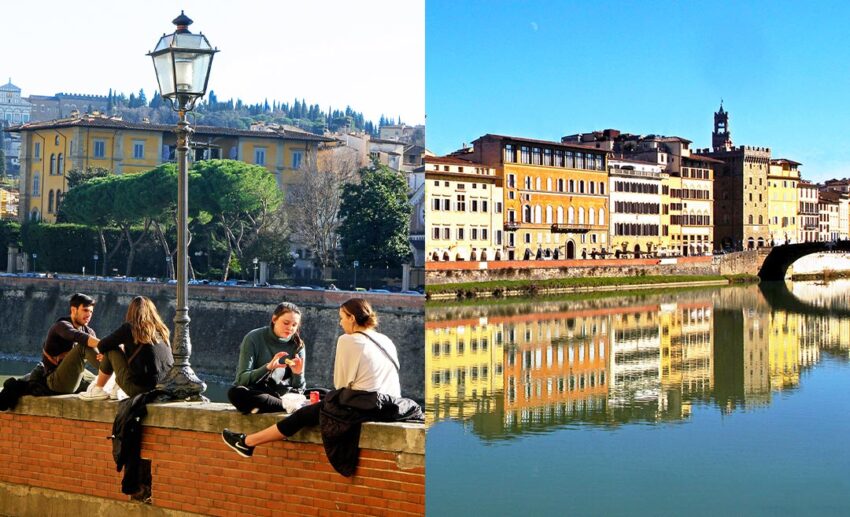
The Arno River flows through Florence, so using it and the Duomo as landmarks makes it difficult to get lost, although its narrow inner-city alleyways could prove challenging to navigate. There is a tramline connection to the airport, and two routes through the city provide connectivity to many attractions.
The river has various ambiences depending upon the season, time of day, and weather, but the best time to stroll along its banks is in the afternoon when heritage buildings along the northern bank provide shimmering reflections.
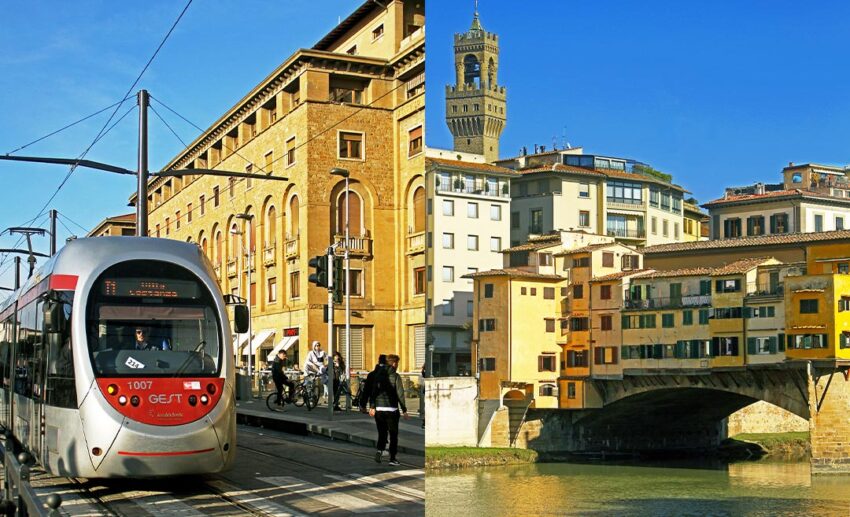
The most famous bridge that crosses the river is the pedestrian-only Ponte Vecchio. This fascinating 14th-century bridge, once the domain of butcher shops, morphed into a jewellery shop enclave several centuries ago. The Palazzo Pitti, or Pitti Palace, is located on the southern side of the river.
Work on the Palazzo Pitti began in 1458 and it remained in the ruling family until 1919. Visitors pay an entrance fee to admire the palace’s elegance, art, and the manicured gardens known as Giardino di Boboli.
Being as flat as it is, Florence is an excellent walking city with many open palazzos (plazas) to admire. Michelangelo’s ‘David’, within the Galleria dell’Accademia, is regarded as the world’s finest statue.
Wining and dining
Everyone loves Italian food, and while the finest dishes are those created in specific regions, many iconic dishes are served throughout the country. Being the tourist city it is, it’s possible to dine on Italian staples such as pasta, pizza, and gelato while washing it down with the finest coffee and wines.
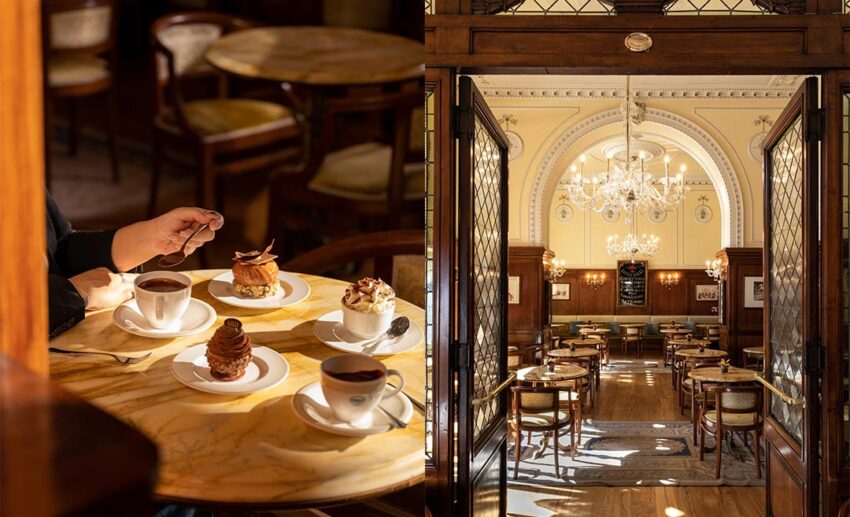
There are numerous restaurants, caffetteria (cafés), bars, pasticceria (pastry shops), and gelateria (ice cream parlours) throughout the city. Chocolates, cakes, and pastries are popular items, with Caffé Gilli being one of the most famous outlets, boasting a heritage dating back to 1733.
Restaurants such as Eataly and Caffeteria Il Bottegone on Via De’Martelli offer excellent venues for people-watching while enjoying pizza, pastries, and coffee. Via De’Guicciardini in front of the Palazzo Pitti is another great dining precinct where popular dishes such as risotto are included on most menus. Prices are reasonable considering it’s Europe, with many establishments offering set menus.
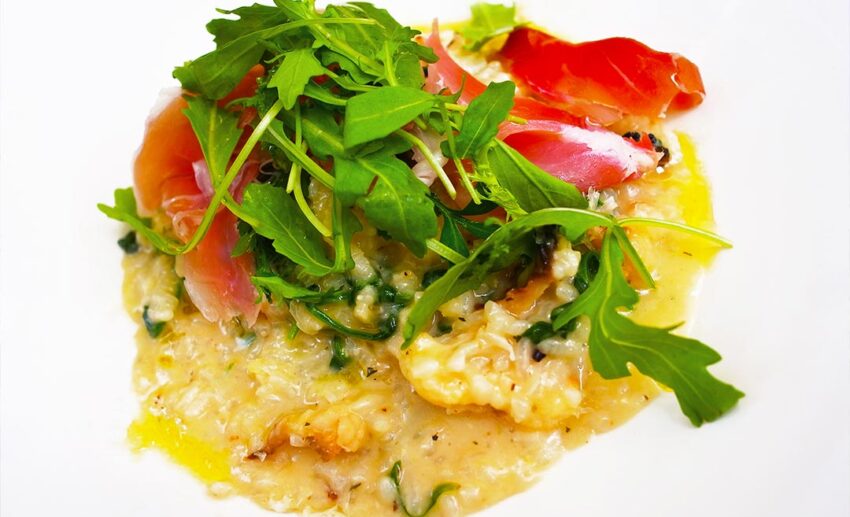
Il Magazzino is a speciality restaurant serving delicious, lesser-seen cuts of meat such as beef tendons and tripe, all complemented by competitively priced Italian wines. The best-known red wine from Tuscany (Toscano) is Chianti, made from Sangiovese grapes.
Chianti has been produced in Tuscany since 1398 but was only officially called Chianti in 1716. It’s a medium-bodied wine and the perfect accompaniment for many local dishes, especially the finest beef dish, bistecca alla Fiorentina. This classic Florentine dish comprises a t-bone steak grilled over charcoal, and one of the best places to order it is at Il Pinolo on Via Ponte Alle Mosse near the Firenze Porta Al Prato railway station.
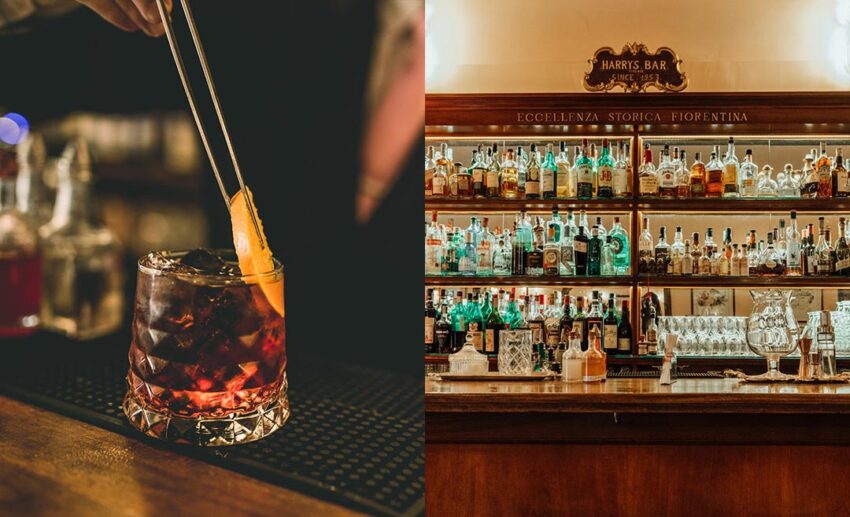
Firenze is also where the acclaimed Negroni cocktail (equal amounts of vermouth rosso, gin, and Campari) was made famous, with the atmospheric Harry’s Bar being one of the best venues to savour it. The bar dates back to 1953, and very little has changed since it relocated in 1963 to its current location on Lungarno Amerigo Vespucci.
Luxury shopping and local markets
While Florence isn’t Milan, several leading fashion designers began their illustrious careers here, and there are many things to buy. Firenze was the birthplace of luxury brands such as Salvatore Ferragamo, Emilio Pucci, and Gucci. Florence is renowned for its leather, and numerous retail outlets here offer products at competitive prices.
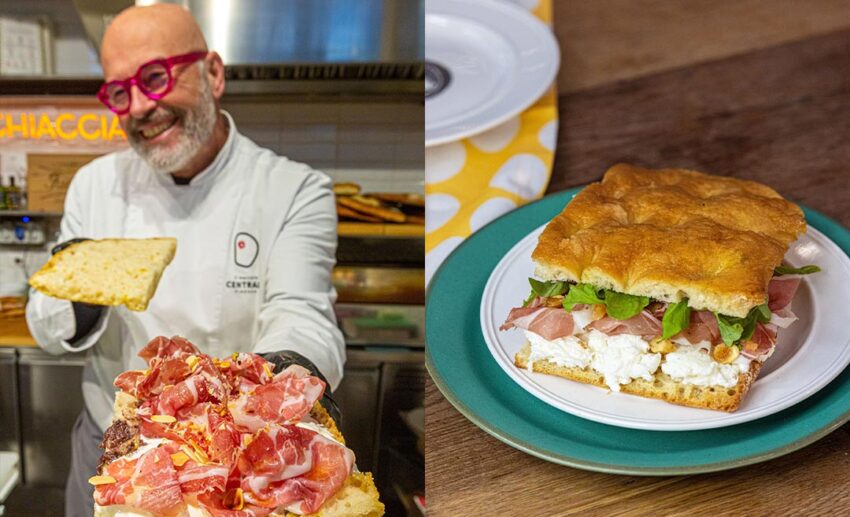
Markets are always wonderful to visit, with Mercato Centrale (open 7am to 3pm, Monday to Friday and until 5pm on Saturday) being the best-covered venue for produce like chestnuts, olive oil, Tuscan cantucci (almond biscuits), prosciutto and mortadella (meats and sausages), panforte di siena (fruit and nut cake), and pecorino cheese.
On the second Sunday of each month, a trash and treasure market is held on Piazza Santo Spirito in front of the church. It’s popular for recycled items, music, accessories, and organic products.
Staying
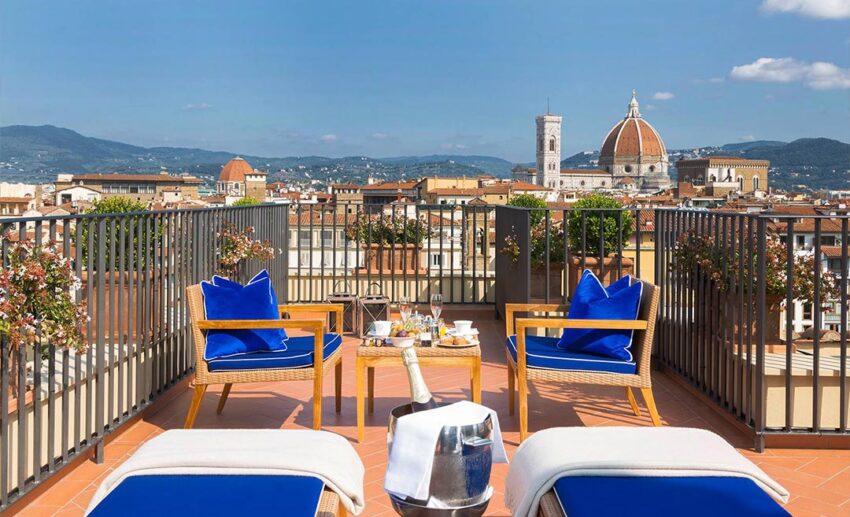
Hotel chains like St. Regis and The Westin are located in stately heritage buildings within walking distance of the city’s heritage heart. Hotel Lungarno, overlooking the Arno River on its southern bank, is one of the finest hotels and home to the Michelin-starred Borgo San Jacopo Restaurant. La Terrazza Rooftop Bar in the adjoining Hotel Continentale is one of the city’s most alluring bars.
Newer, modern hotels are located further away from the city centre, with the AC Hotel by Marriott Firenze being an excellent property just a 20-minute walk from the Duomo.
Arriving
There are no direct flights from Asia to Florence, but there are connecting flights from other European airports, such as London, Paris, Amsterdam, and Zurich.

